![]()
![]()
![]()
Use LEFT and RIGHT arrow keys to navigate between flashcards;
Use UP and DOWN arrow keys to flip the card;
H to show hint;
A reads text to speech;
11 Cards in this Set
- Front
- Back
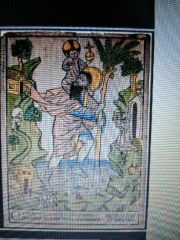
|
Artist- unknown Title- Buxheim St. Christopher Date- 1423 Medium- hand-colored woodcut Significance- this woodcut is an example of popular art of the 15th century. For the first time in history almost anyone could own a picture like this one, not just aristocrats. |
|
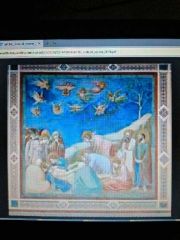
|
Artist- Giotto
Title- Lamentation
Date- 1305
Medium- Fresco
Significance- Giotto's fresco cycle introduced a revolutionary style of naturalism with more realistic figures and more realistic emotions. |
|
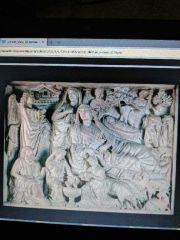
|
Artist- Nicola Pisano Title- Pulpit for the Baptistery of Pisa Date- 1259-1260 Medium- Marble Significance- The pulpit contains the first sculpted reliefs of its kind and is a work that is considered to mark the beginning of an entirely new phase within the history of art. |
|
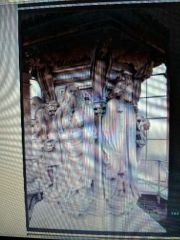
|
Artist- Claus Sluter Title- The Well Of Moses from the Carthusian Monastery of Champmol Date- 1395-1406 Medium- painted and gilded limestone Significance- This juxtaposition reveals Sluter’s use of alternating naturalistic balances. |
|
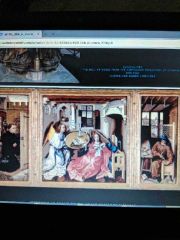
|
Artist- Robert Campin Title- Mérode Triptych Date- 1425-1430 Medium- oil on wood panel Significance- the domestic setting instead of a golden background in a church is why this piece is unique. Campin placed the annunciation in a domestic, household setting. |
|

|
Artist- Masaccio Title- the holy Trinity with the Virgin, St. John, and two donors Date- 1425 Medium-fresco Significance- one of the best examples of the early Renaissance scientific approach to creating the convincing illusion of space within a painting. Masaccio was the first painter to include linear prospective into his paintings. |
|
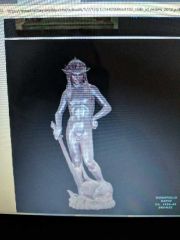
|
Artist- Donatello Title- David Date- 1420- 1460 Medium- bronze Significance- one of the greatest sculptural works of the early Renaissance – was his bronze statue of David. This work signals the return of the nude sculpture in the round figure. |
|
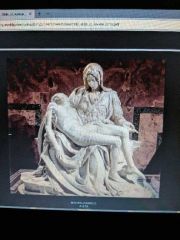
|
Artist- Michaelangelo Title- Pietà Date- 1498 Medium-marble Significance- It is the only piece Michelangelo ever signed. ... Michelangelo's interpretation of the Pietà is unprecedented in Italian sculpture. It is an important work as it balances the Renaissance ideals of classical beauty with naturalism. |
|
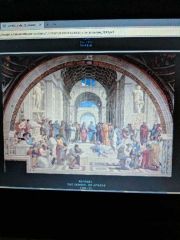
|
Artist- Raphael Title- The School of Athens Date- 1508-1511 Medium- Fresco Significance- It was hugely influential at the time and is remembered as the perfection of artistic ideals from the time period. It represents philosophy and one point prespective was used as well. |
|
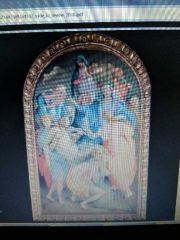
|
Artist- Jacopo Da Pontormo
Title- Pietà or Descent from the cross
Date- CA. 1526-1528
Medium- oil on panel
Significance- Pontormo painted this in what would be know as mannerism. He uses contrasting colours, strange proportions, flattening of space, and an unstable perspective. There is less emphasis on a natural representation than there is on the expression of drama. |
|
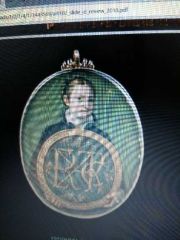
|
Artist- Sofonisba Anguissola
Title- Self portrait
Date- CA. 1556
Medium- oil on parchment
Significance- late Renaissance painter best known for her portraiture. She was one of the first known female artists and one of the first women artists to establish an international reputation. |

